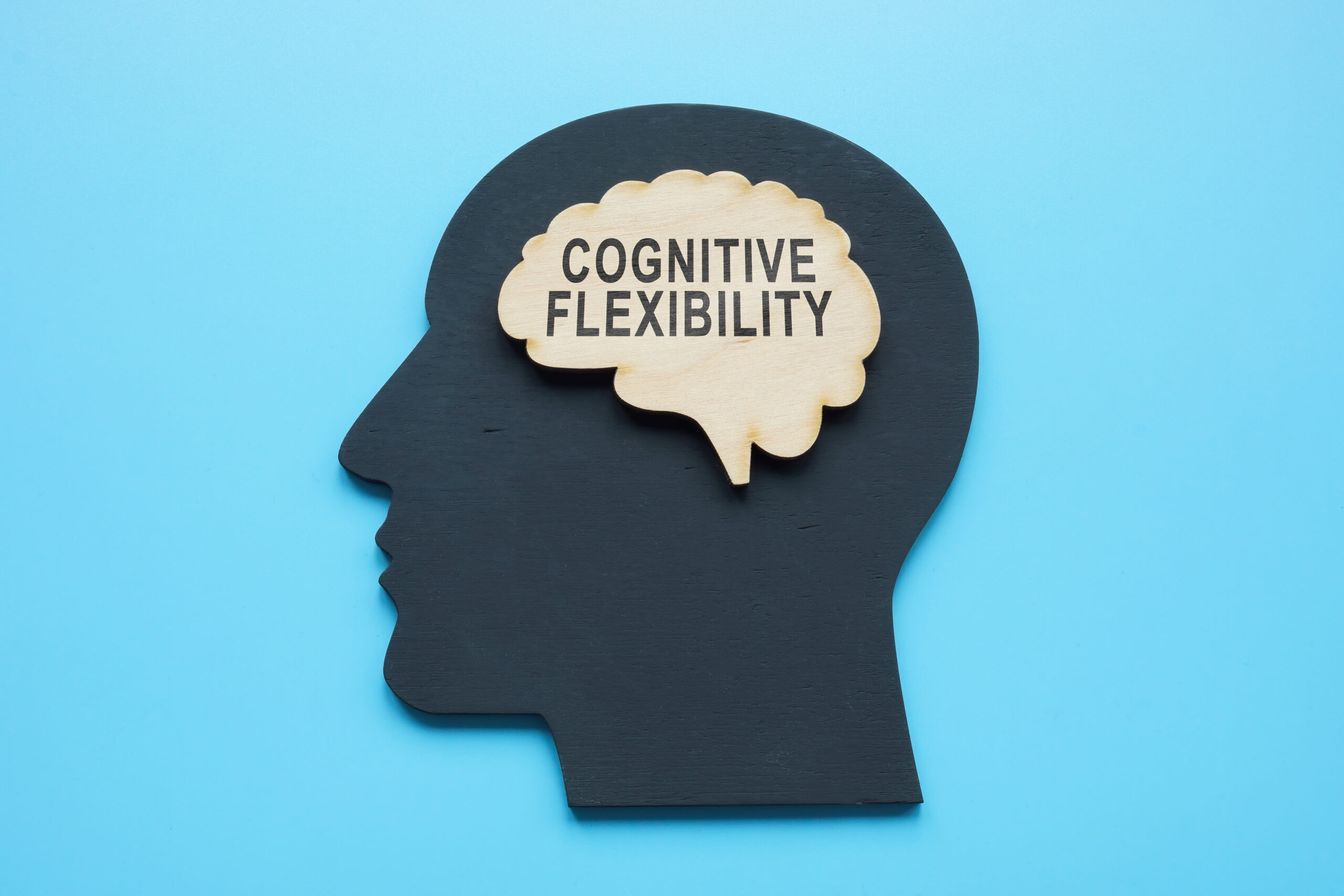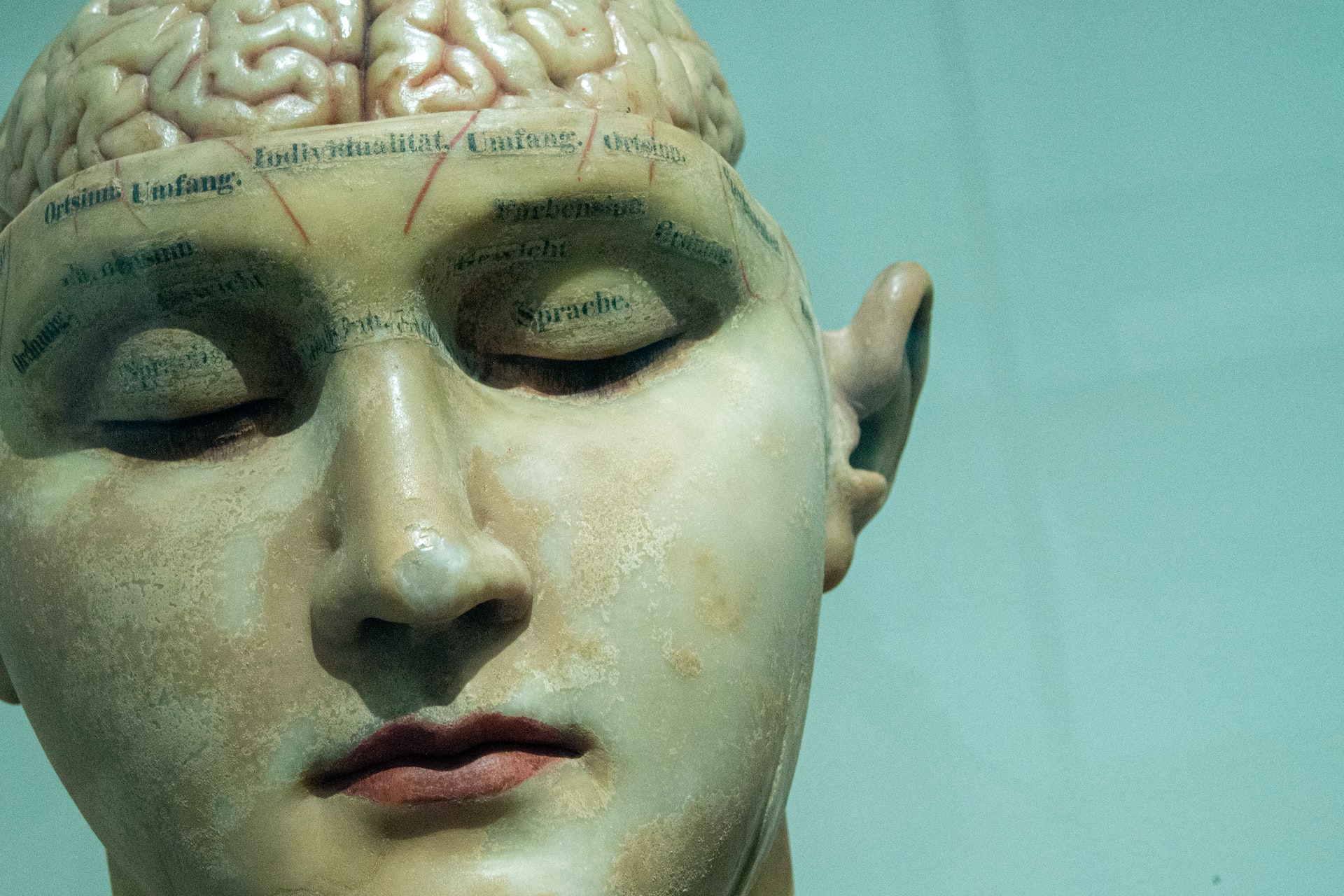Hula Hooping: Its potential impact on core strength and cognition
Hula hooping is not just a fun activity that we associate with our childhood days. It has gained popularity as a form of exercise in recent years, and for good reason. This simple activity has been found to have numerous health benefits, especially in terms of core strength and cognition.
The origins of hula hooping can be traced back to ancient Egypt and Greece, where hoops made of dried grapevines were used for exercise and entertainment. However, it was not until the 1950s that the modern plastic hula hoop, as we know it today, was invented and popularized by a California-based company. Since then, hula hooping has become a popular activity for people of all ages, from children to adults.
But what makes hula hooping such an effective form of exercise? Let’s delve deeper into the potential impact of hula hooping on core strength and cognition.
Core Strength
The core muscles are the group of muscles that lie in the center of the body and provide stability and support to the spine and pelvis. These muscles include the abdominal muscles, back muscles, and hip muscles. A strong core is essential for maintaining good posture, balance, and overall physical strength.
When you hula hoop, you engage your core muscles to keep the hoop moving around your waist. This constant engagement of the core muscles helps to strengthen them over time. With regular practice, you will notice increased muscle tone in your abdominal and back muscles, leading to improved posture and reduced risk of back pain.
In fact, a study published in the Journal of Strength and Conditioning Research found that after six weeks of hula hooping training, participants showed significant improvements in core stability compared to those who did not engage in any form of exercise.
Furthermore, hula hooping also works on the deep core muscles that are often neglected in traditional exercises. These deep core muscles play a crucial role in stabilizing the spine and pelvis, and by strengthening them, you can prevent injuries and improve your overall physical performance.
Cognition
Apart from its physical benefits, hula hooping has also been found to have a positive impact on cognitive function. The rhythmic movement and coordination required in hula hooping can help to improve focus, concentration, and memory.
A study published in the Journal of Aging and Physical Activity found that hula hooping had a significant positive effect on executive function, which includes tasks such as planning, decision making, and problem-solving. The study also showed that hula hooping can help to improve reaction time, attention, and overall brain function.
Furthermore, hula hooping involves crossing the midline of the body, which is the imaginary line that divides the body into left and right halves. This movement helps to stimulate both sides of the brain, leading to improved communication between the two hemispheres. This increased brain connectivity can have a positive impact on overall cognitive function.
Moreover, hula hooping can also be a stress-relieving activity. The rhythmic movement and focus required in hula hooping can help to calm the mind and reduce stress levels. This can have a positive impact on cognitive function by improving mood and reducing anxiety.
In conclusion, hula hooping is not just a fun activity but also a powerful form of exercise that has numerous benefits for both the body and mind. It can help to strengthen core muscles and improve posture, while also enhancing cognitive function. So next time you see a hula hoop lying around, don’t hesitate to pick it up and give it a try. Your body and mind will thank you for it!





